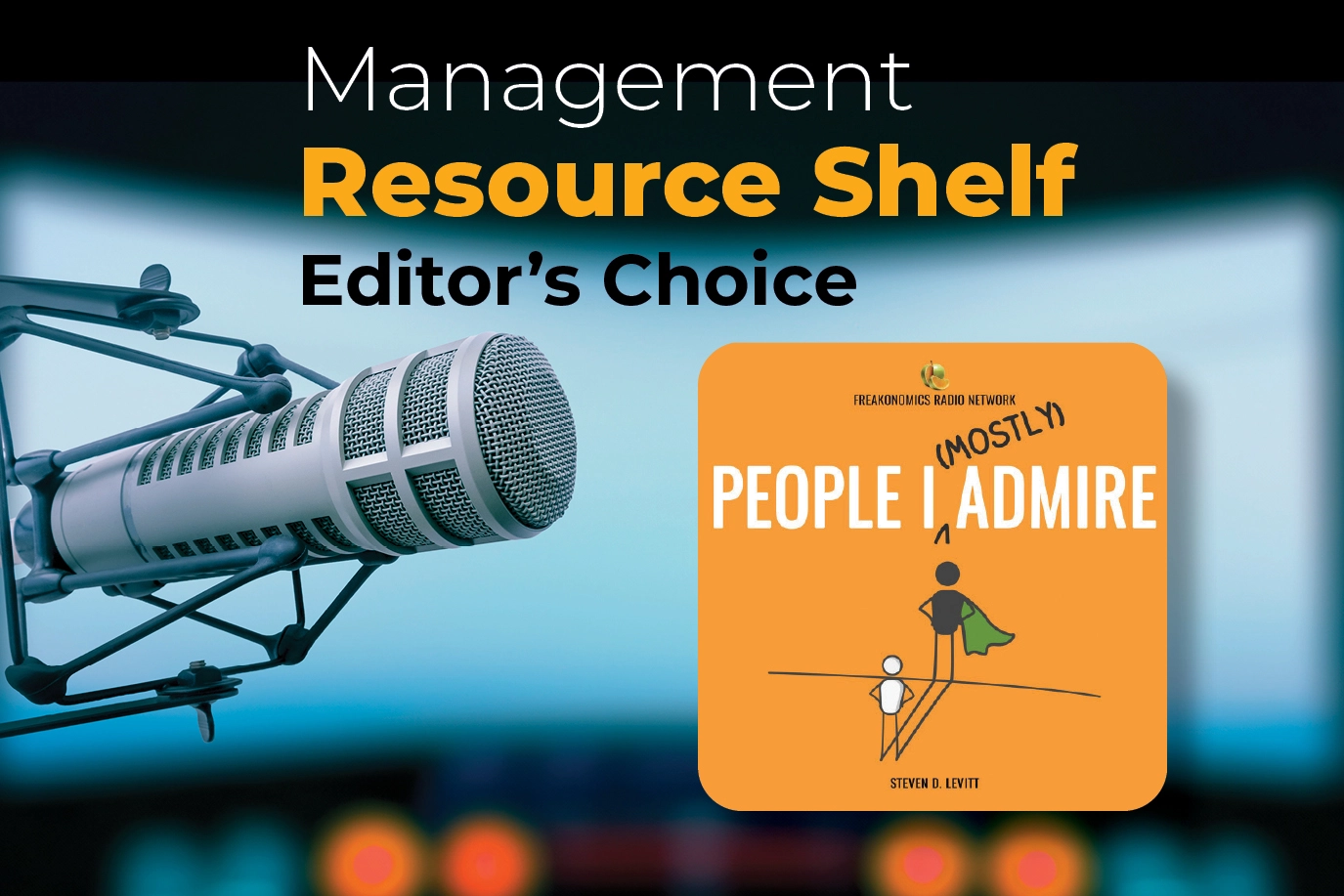I was watching an international judo tournament, and a female Japanese competitor did something I had never seen before. While immobilizing her opponent with Kesa Gatame (scarf hold), she positioned her hand to grab her leg instead of the cloth at the neck of the uniform. (Think of a schoolyard wrestling match when someone gets a headlock on their opponent while leaning against them.) Her adjustment created a tighter vise around her competitor’s head, and after holding her down for 20 seconds, she won the match. Maybe her slight adjustment to breaking away from the classic method was derived from knowledge or an instinct to try something new. After all, she was wearing the red letters on the back of her judogi, indicating her status as the reigning world champion.
You’re asking, of course, what this has to do with your HVACR business. From a specific activity, nothing. However, from a tactical standpoint, this lesson has everything to do with how we operate our business and, yes, even our lives.
The idea that a simple change can result in significant transformation is the thrust of the work of some influential economic psychologists led, in part, by Richard H. Thaler, a Nobel Prize economist at the University of Chicago. At the risk of oversimplifying, he maintains that small, modest efforts can effectuate change in much more significant ways than we would expect.
For example, a school lunch program with the goal of providing free meals to kids met with modest results. When the program switched to an opt-out approach (thus still allowing free choice), the number of participants increased dramatically.
In another instance, a program to curtail smoking among young people met with indifference. Telling a teenager he might die at 65 instead of 80 doesn’t resonate. When you tell them they’ll have yellow teeth, bad breath and premature wrinkly skin, teens begin to listen.
Thaler illustrates the nudge by telling how Texas dealt with the vexing problem of highway litter. Despite spending money and effort on advertising, the campaign was a bust. They identified the culprits as young men between the ages of 18 and 24. They didn’t seem to care that state bureaucrats wanted to hold them responsible for littering the roadway.
A new campaign, playing on Texas pride and loyalty to the Dallas Cowboys, changed everything. They started a campaign, “Don’t Mess With Texas,” and got some Cowboys to urge citizens (but naturally, disproportionately young men) to stop littering. They began offering T-shirts, coffee mugs and decals with the campaign slogan. The campaign was a staggering success. At one point, it was voted the most popular slogan in America. (OK, in Texas, at least.) This new advertising campaign saw a reduction of 29 percent in its first year. “In its first six years, there was a 72 percent reduction in visible roadside litter. All this happened without the use of any mandates, threats or coercion but rather via a creative nudge,” according to Thaler.
Let’s say you have a tech who has twice as many callbacks as all your other employees. Yes, you can ignore it because “that’s the way it is” and accept his less-than-stellar performance. But wouldn’t it make more sense to have your most skilled tech (or even you) ride along with this individual and get a close view of what might be causing those callbacks? The fact that someone is there suddenly sends a message the tech can’t afford. Does the tech lack knowledge that he should possess be the cause? (Additional training solves this.) Is it possible that he is undisciplined when checking his work? (A checklist solves this.) You won’t know how to fix it until you find out why it’s happening. However, any of these approaches could change that callback problem with a nudge in the right direction.
Is there any shortcut or uncomplicated way to start the Nudge? I suspect one way is to resolutely think about the issue of using a nudge without distractions. Think about how long it seems when the doctor says to sit still for five minutes before cuffing your arm for a blood pressure check. Take the problem you have and devote 20 minutes (an arbitrary number) while you focus on the issue and turn off your phone. You’ll be surprised at the clarity.
You are the best judge of how to use the nudge in your business. If you just step back and write down your three most frustrating issues, I’m convinced that solutions or options will appear.
The thrust of this column and the focus of Thaler’s million-dollar-selling book is to think small and, yes, that the answer can be both simple and within your grasp. Think of addressing your problem with a Nudge and not a sledgehammer.
For the cynic, let’s assume that you tried the nudge, but it didn’t work. It’s a bust. Let’s be realistic. We know that many business deals don’t work out for a myriad of reasons. What do you do? You go on to the next deal. In this instance, you probably haven’t gambled valuable resources (planning meetings for three months). It’s unlikely that you spent money on a consultant (who would tell you what you already know), and you haven’t tied your team down for new, time-consuming marketing efforts. Try it again.
Just like that world champion Judoka, sometimes it’s a matter of a few inches and a little bit of effort that make all the difference.






